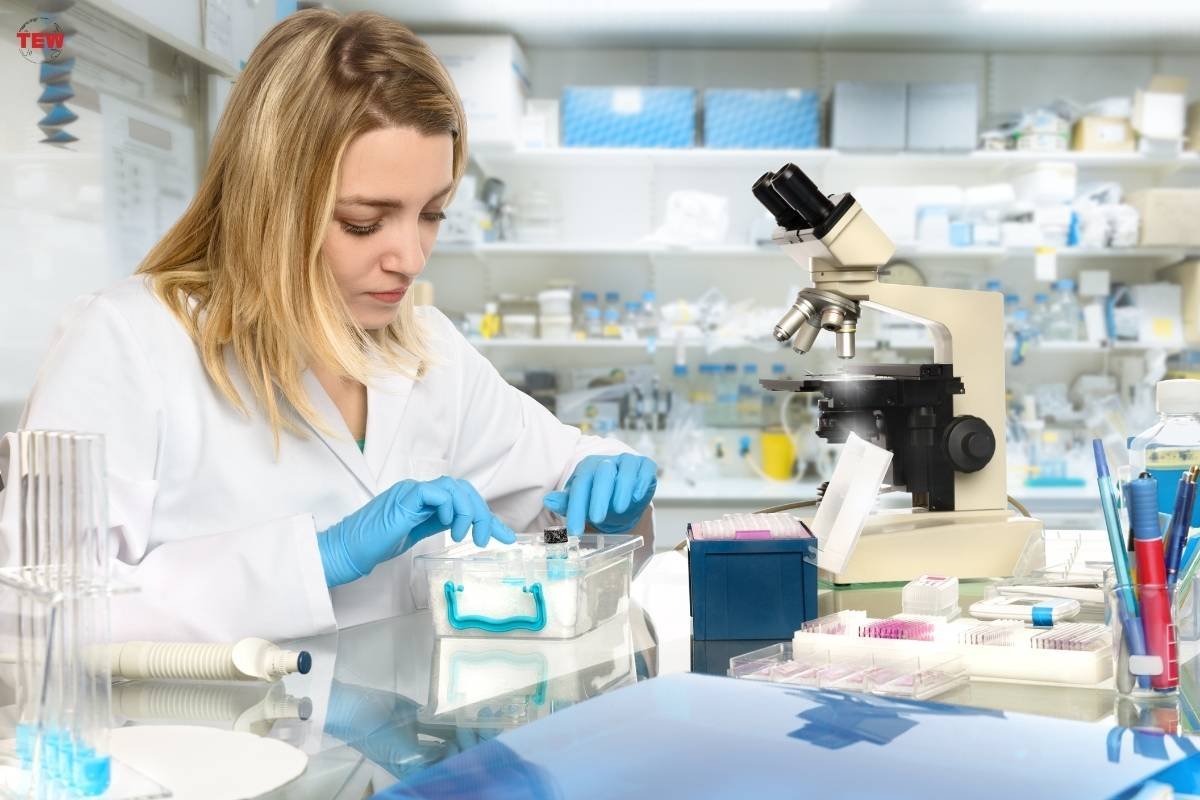There seems to be an increasing need for co-working laboratories where there are flexible rental lab spaces available with shared equipment and consumables, scientists are of the view that sharing a working space with other like-minded individuals is helping and assisting them not only to have access to more, modern laboratories where open layouts are prioritised but scientists are also benefitting due to access to more automated processes and sophisticated instrumentation therefore enhancing research efficiency and data management. As an example of adaptable lab spaces, Labshares is able to offer more flexible solutions like this lab for rent in Boston.
Benefits of the shared facilities model:

While there may be rare situations where shared instrumentation is not ideal, however in the majority of cases where large and diverse bodies of research are involved having the ability to provide shared lab facility can provide wide-ranging benefits. The impact of shared facilities is felt at many levels, from individual research, including staff, extending to the research community as a whole.
Benefits from shared facilities through the visibility of well-defined and accessible instrumentation, which in turn helps to bring in more scientists and retains them as they have access to more in order to do more.
The Pros of Shared Lab Spaces:

The benefits of shared laboratory spaces are extensive, they offer significant cost efficiencies as researchers and institutions can share the financial burden of expensive equipment and maintenance of the equipment. This cost-saving also extends to research budgets, allowing for and opening the doors to previously unfeasible projects and having more cash flow at hand.
Shared Lab Spaces allow and encourage collaboration, when scientists work in close proximity to one another, the exchange of ideas becomes seamless, leading to more interdisciplinary research projects. Enabling and allowing for cross-disciplinary collaboration often results in breakthrough discoveries that may not have been possible if scientists were within the confines of individual laboratories.
Shared lab spaces are able to bring together and possibly foster more collaborations between experts in biology, chemistry, and or even computer science, allowing for more innovative projects at the intersection of these fields and enabling the possibility of more scientific breakthroughs.
Shared lab spaces encourage innovation and creativity, this synergy is created by diverse researchers sharing the same physical space and can lead to the development and creation of more novel ideas and approaches. When scientists from different fields interact regularly, they are exposed to fresh perspectives and more problem-solving methods, stimulating their creativity and collaboration.
Innovative projects often emerge from these types of collaborations, for instance, researchers at a shared lab may incorporate their different fields of expertise and insights from different industries to bring about greater advancements and developments.
These shared spaces create and foster an environment where researchers are more likely to experiment with unconventional ideas and challenge existing methods and ideas.
The cons of shared lab facility:

While shared laboratory spaces offer numerous advantages, they also present particular challenges. The challenges are having to manage shared resources which can often be complex, as researchers and scientists need to coordinate equipment usage and schedules. Scheduling conflicts and overcrowing can often hinder productivity and collaboration if they are not handled effectively.
Another challenge of shared space is maintaining focus in a shared environment which can be challenging, as the presence of other researchers and potential distractions may disrupt your train of thought or your concentration. Researchers therefore need to be able to strike a balance between collaboration and maintaining individual research goals.
Clear guidelines and scheduling systems are recommended for shared lab facility whereby these systems can be implemented to address these challenges and ensure efficient resource management. Noise-reducing measures and designated quiet areas can help to maintain concentration levels in shared spaces.
As the rise of co-working spaces and laboratories in the science field increases, they offer various advantages which include cost efficiency, collaboration, and innovation. Shared lab facility have become spaces where a number of ground-breaking discoveries are developed and thought of. The challenges such as resource management and maintaining focus in these shared spaces may exist, however, these are easy to overcome with effective planning and communication. Co-working labs are paving the way for exciting discoveries.






